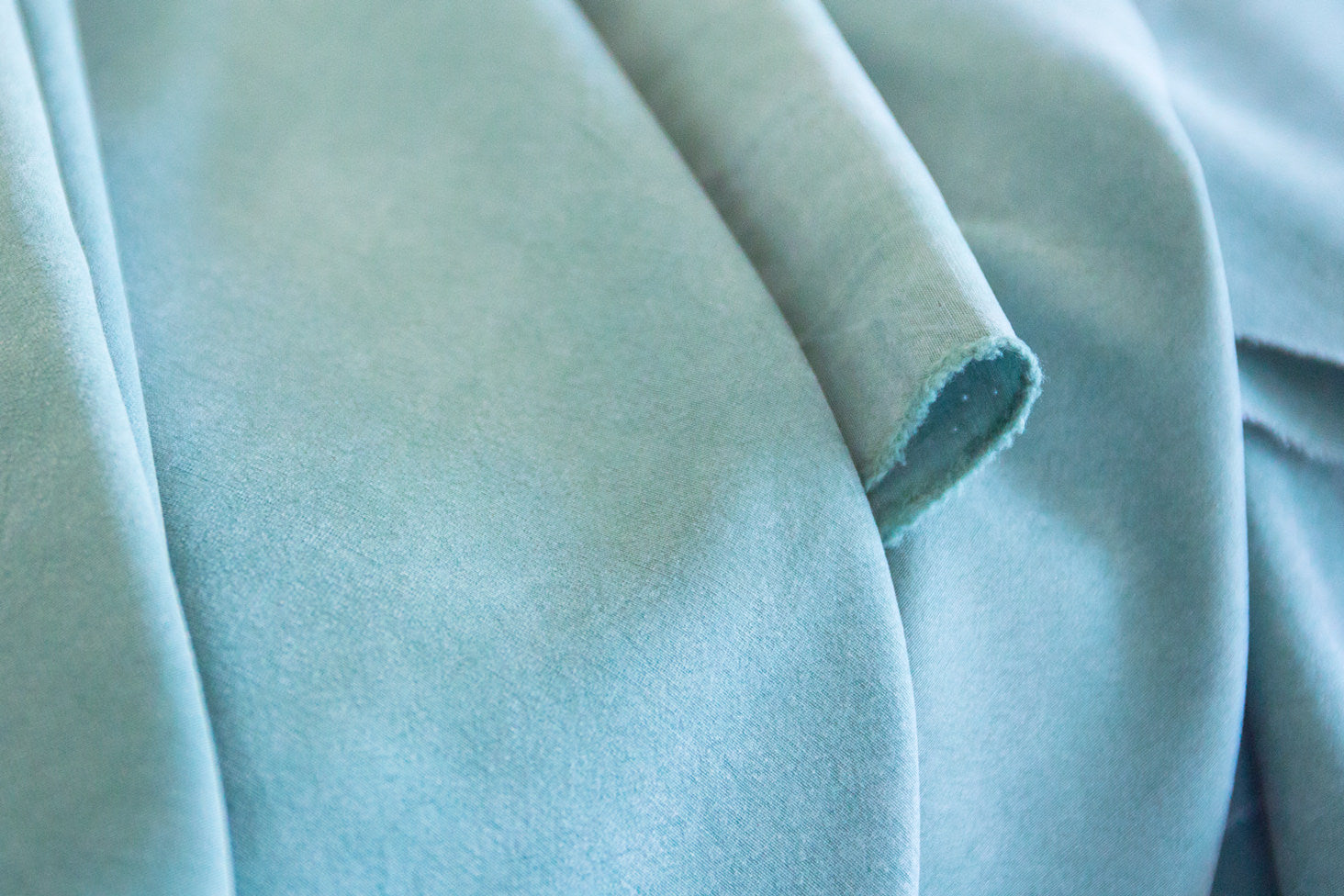In the world of fashion, where visual appeal reigns supreme, texture plays a pivotal role in creating captivating and memorable looks. From luxurious fabrics to intricate embellishments, texture adds depth, dimension, and a sensory experience to garments. In this blog post, we will delve into why texture is important in fashion, exploring its impact on style, self-expression, and the overall aesthetic appeal.
- Enhancing Visual Interest:
Texture serves as a powerful tool for fashion designers to elevate the visual interest of their creations. By incorporating different textures, such as smooth silk, coarse tweed, or delicate lace, designers can create a harmonious interplay of surfaces that catch the eye and evoke curiosity. The contrasting textures can add depth and complexity to an outfit, making it visually captivating and intriguing. - Conveying Mood and Style:
Texture allows fashion enthusiasts to express their personal style and convey specific moods through their clothing choices. For instance, a soft and flowing fabric like chiffon can evoke a sense of femininity and elegance, while a structured and textured material like leather can exude strength and edginess. By carefully selecting textures, individuals can communicate their desired image and create a unique fashion statement. - Enhancing the Sensory Experience:
Fashion is not just about visual aesthetics; it is also about the sensory experience. The touch and feel of different textures against the skin can evoke various emotions and enhance the overall wearing experience. A plush cashmere sweater provides a cozy and luxurious sensation, while a sequined dress adds a touch of glamour and excitement. Texture adds a tactile dimension to fashion, making it more engaging and memorable. - Showcasing Craftsmanship and Quality:
Texture is closely linked to the craftsmanship and quality of fashion pieces. Intricate textures, such as hand-embroidered details or intricate lacework, showcase the skill and artistry of the designers and artisans involved. The presence of texture in fashion signifies attention to detail and a commitment to creating high-quality garments. It adds value and exclusivity to the pieces, making them stand out in a saturated market. - Reflecting Cultural and Historical Significance:
Texture in fashion often reflects cultural and historical influences. Traditional textiles, such as intricate brocades or handwoven fabrics, carry the stories and heritage of different cultures. Incorporating these textures into contemporary fashion not only pays homage to the past but also adds depth and richness to the designs. Texture can be a powerful tool for preserving and celebrating cultural diversity in the fashion industry.
Conclusion:
Texture is a vital element in fashion, contributing to the overall aesthetic appeal, sensory experience, and self-expression. By carefully selecting and combining different textures, fashion designers and enthusiasts can create visually captivating looks that convey style, mood, and individuality. The significance of texture goes beyond surface-level aesthetics, showcasing craftsmanship, reflecting cultural influences, and enhancing the overall quality of fashion. So, the next time you choose an outfit, remember the power of texture in transforming your style and leaving a lasting impression.


